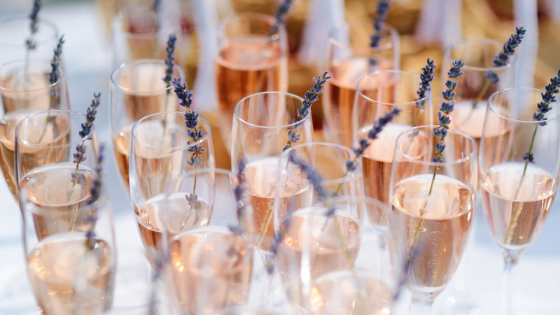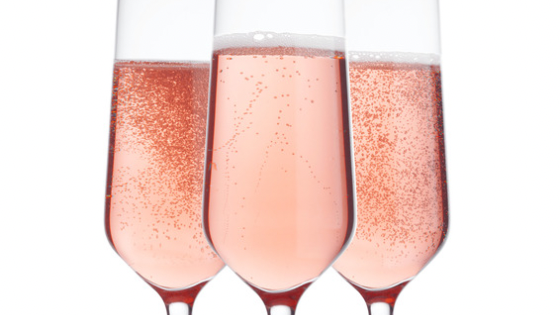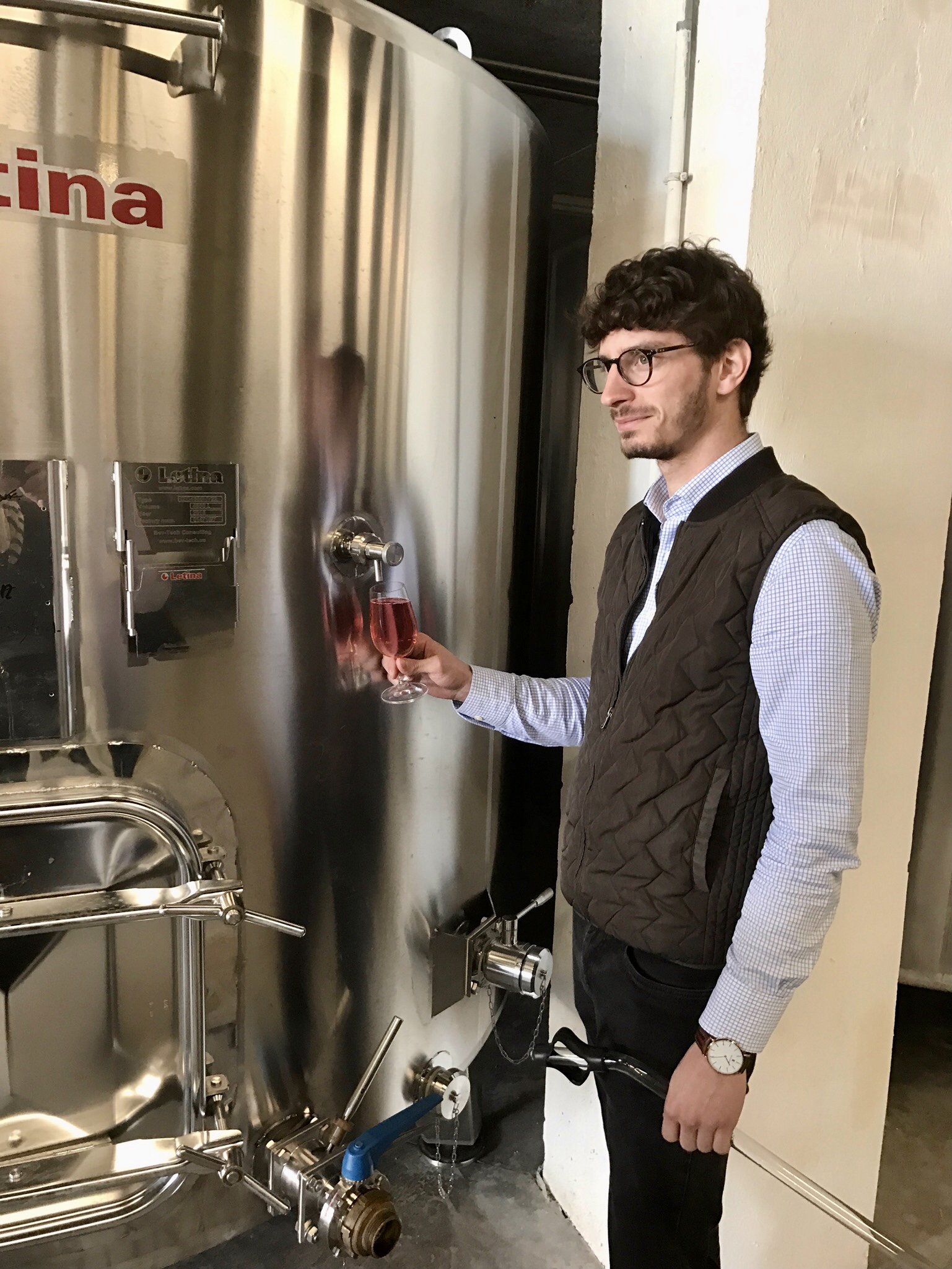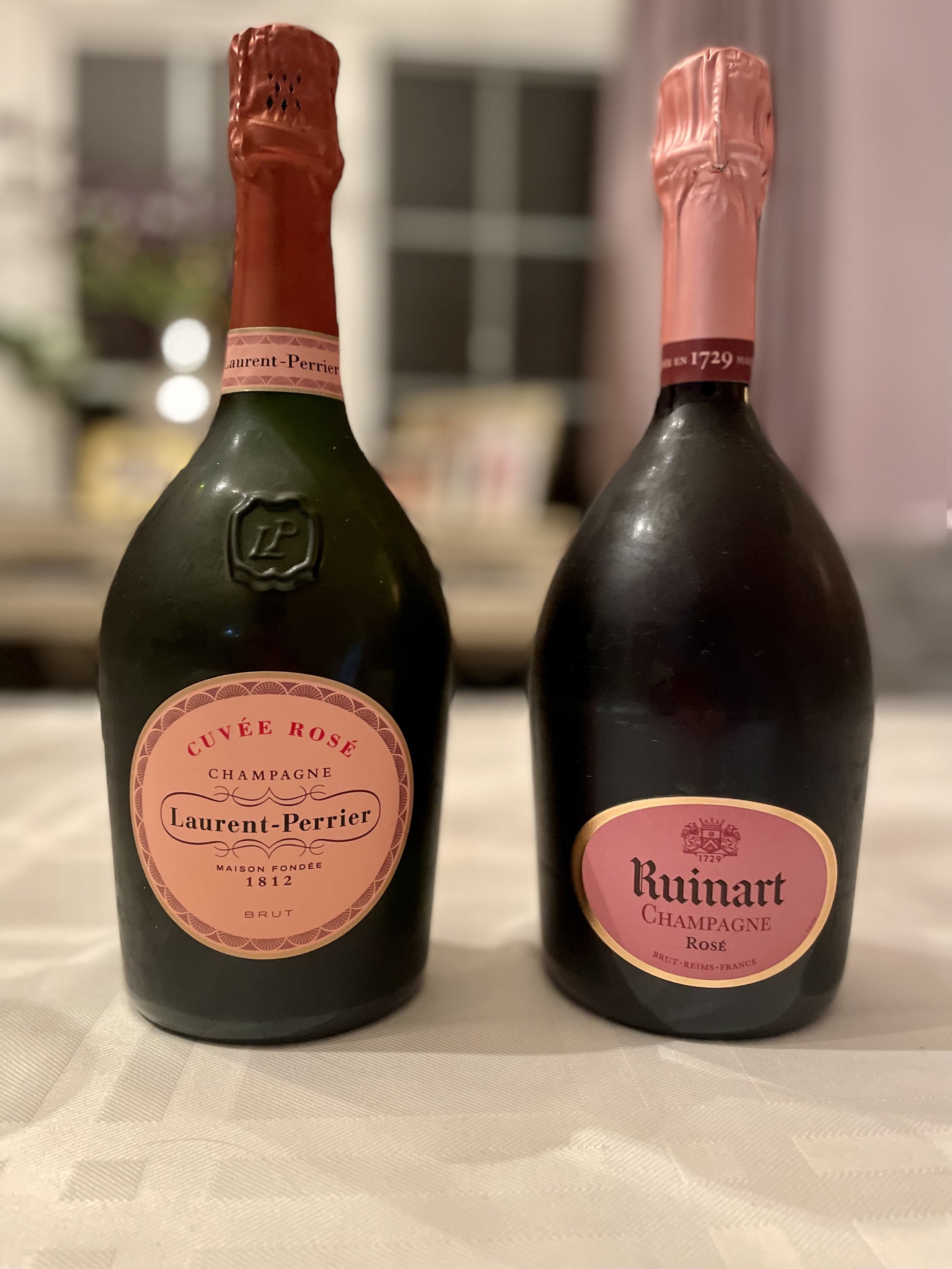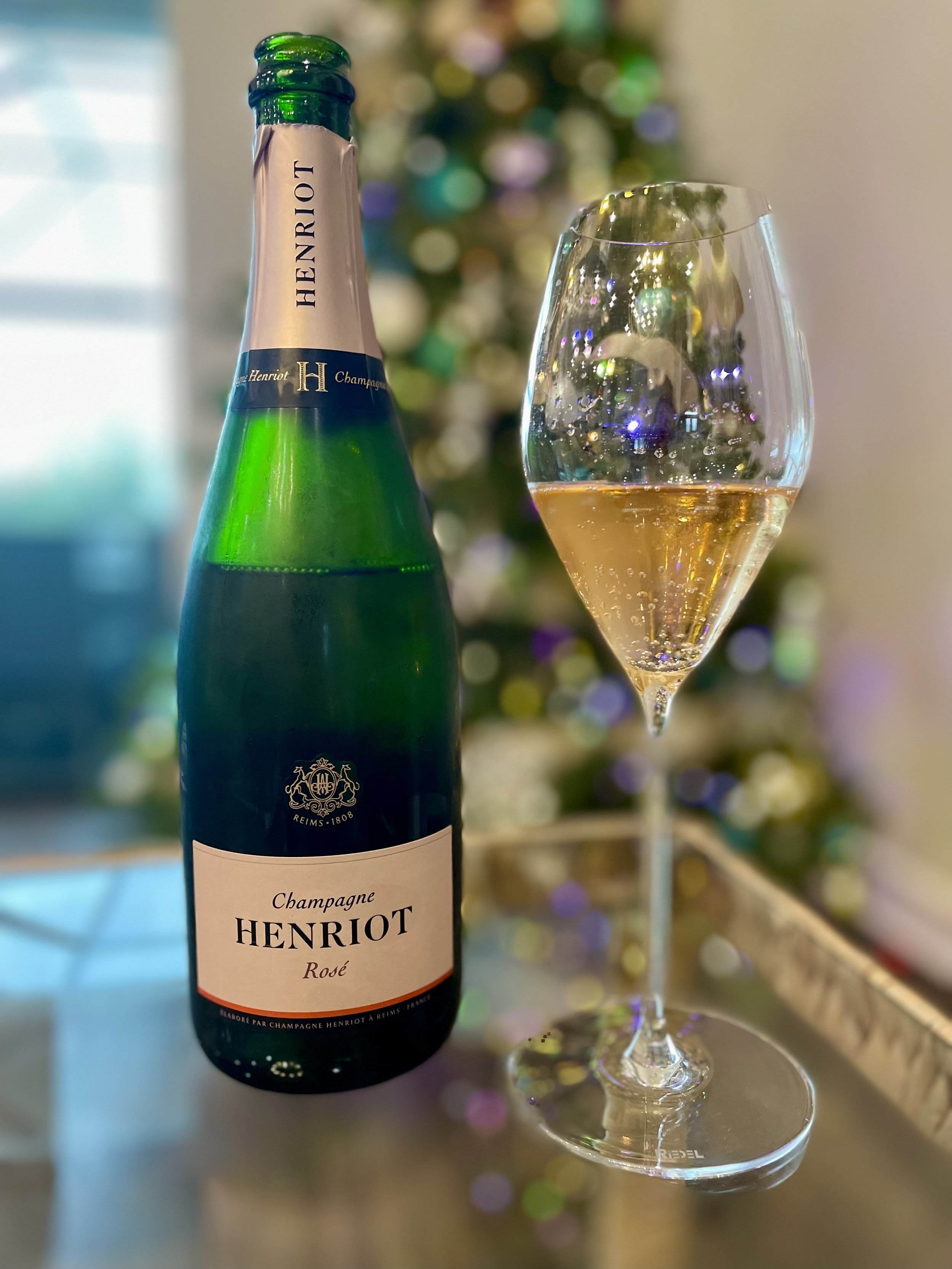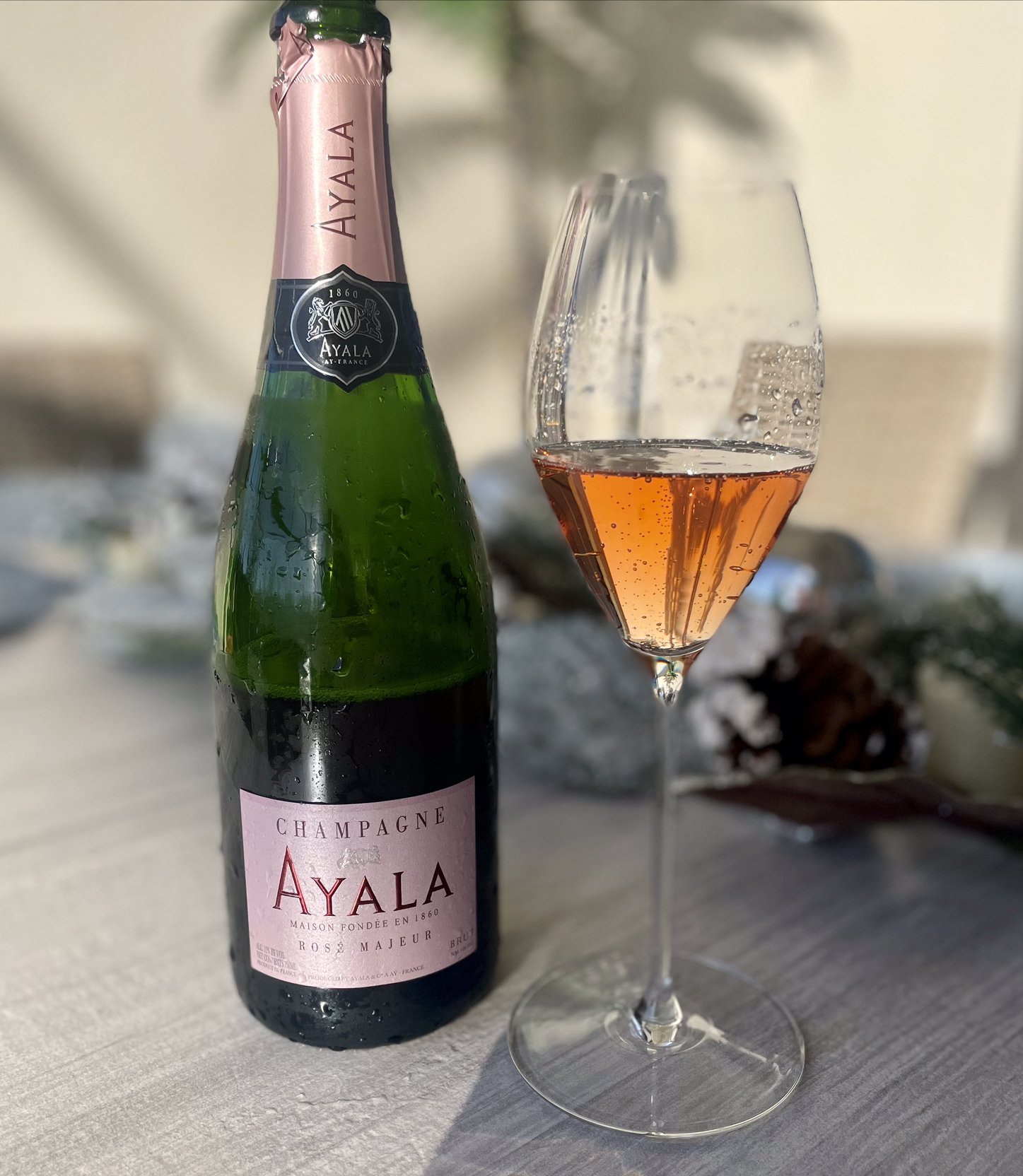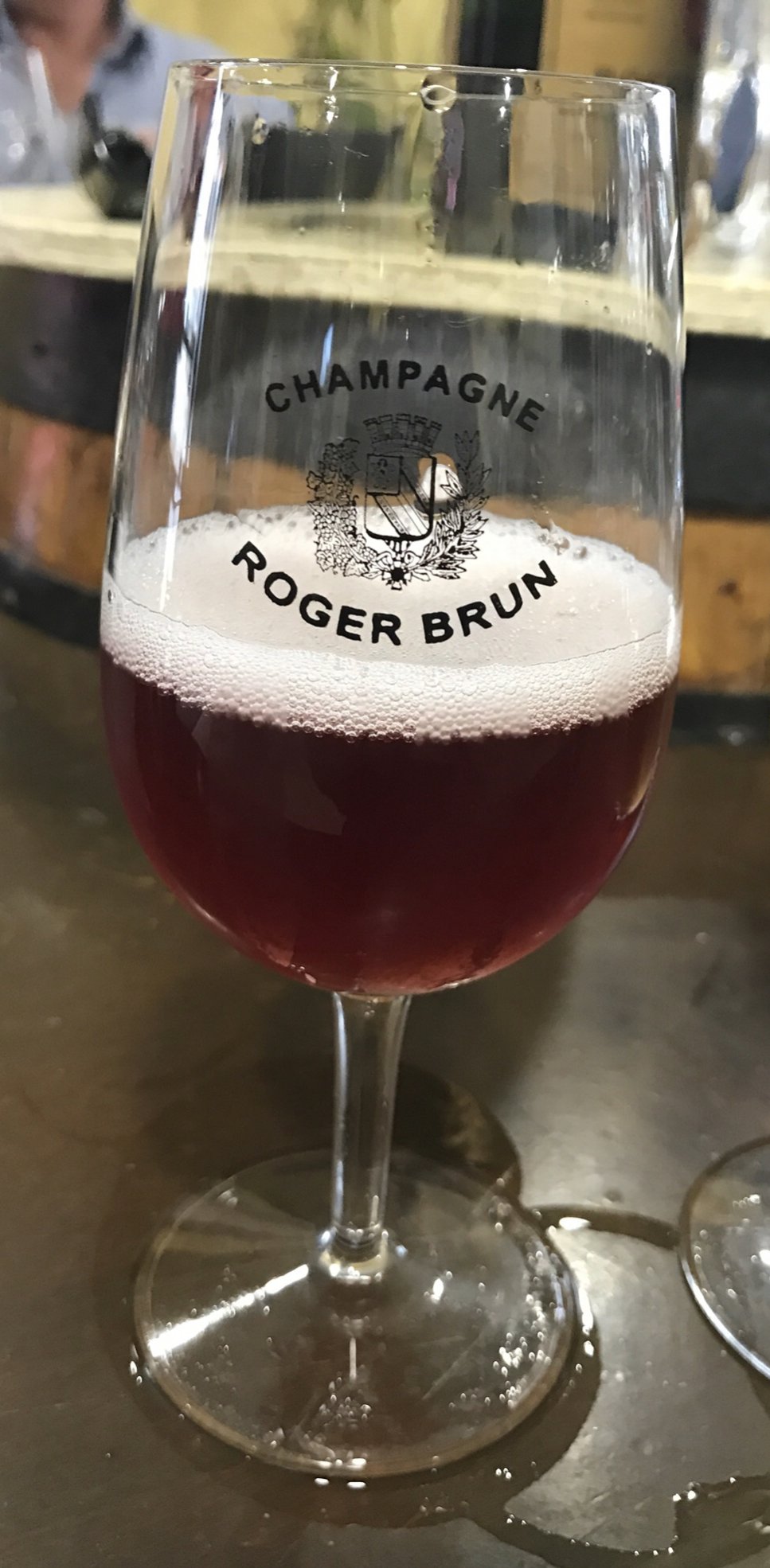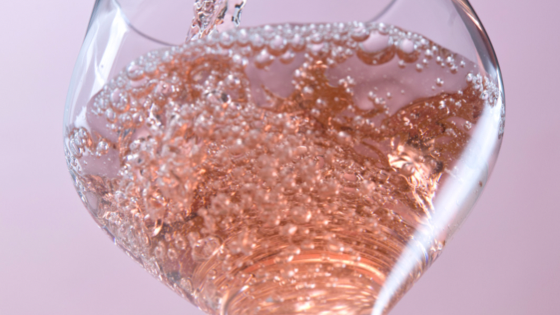The Secrets of Rosé Champagne
Carol Wolniakowski
Toasting with a glass of bubbly to celebrate festivities is a cherished tradition - one made even more special with rosé Champagne. There’s something truly magical about this pink fizzy wine, but reserving it just for celebratory toasts is not doing it justice. Rosé Champagne needs to have a place on your table for special occasions and beyond. Aside from being festive and so darn pretty, rosé Champagne is incredibly versatile, pairing well with all sorts of foods.
Rosé Champagne, like still rosé wine, has exploded in popularity. Production has risen considerably in recent years. Yet rosé Champagne is hardly a fad. Records indicate that rosé Champagne was made as early as the 1700’s!
Showcasing a brilliant array of colors and flavors, each rosé offers its own unique characteristics. Like all Champagne, the chef de cave (aka, the cellar master) from each Champagne house creates a distinct profile for its rosés. However, the process of creating rosé Champagne requires more labor - and more expertise - than all other Champagnes.
The very first Champagne house, Maison Ruinart, has been shipping rosé Champagne since at least 1764. Back then, it was referred to as “oeil de perdrix,” meaning a wine with a light pink, coppery color. Many believe that initially these wines gained their color by macerating the juice with elderberries. Eventually, the skins of red grapes were used. This maceration method, also known as saignée, allows the juice to sit on the grape skins for a short time to extract color, flavor and tannin.
Over time, the maceration method became the primary way of producing rosé Champagne. In fact, it is thought that all rosé Champagne was created using maceration until 1818, when Veuve Clicquot invented the rose d’assemblage method. Madame Barbe-Nicole Clicquot was dissatisfied with the taste of rosé made by maceration and experimented with different techniques, including blending red and white wine together. Ultimately she found the best result by adding some of her still red wine to the Champagne before bottling. Thus, the blending, or assemblage, method was born.
Today, the assemblage method is the most popular way to make rosé Champagne. For traditional Champagne, the chef de cave uses the clear juice of Chardonnay, Pinot Noir, Pinot Meunier, or a combination thereof. For rosé Champagne, the chef de cave will include a bit of still red wine in the blend prior to bottling. It is important to note that most houses will include the still red wine as part of the original blend, not just adding red wine to the blended product. (Two notable exceptions are Bollinger Rosé and Veuve Clicquot La Grand Dame Rosé.) The Champagne house will make a quality still red wine specifically to add it to their Champagne blend.
Interestingly, climate change has made an impact on this process. The warmer temperatures have made it easier for red grapes to ripen and, thus, easier to make quality red base wine. In fact, the red grapes are ripening so well that more Champagne houses are opting to bottle their own still red wine under the label Coteaux Champenois in addition to their Champagnes.
The base red wine used for rosé Champagne will have a lighter structure than those bottled as a still wine. It is critical to minimize the tannins of the base red wine to avoid overpowering the delicate profile of the Champagne, all while achieving the desired color and flavor. Each Champagne house has its own style and must decide precisely how to grow the red grapes and produce the still red wine - as well as how much of that wine to add. The result is a wide array of rosés with varying colors, flavors and textures.
With stunning colors ranging from dainty peach to coppery pink, rosé Champagne is a gorgeous sight. But the lovely appearance is just the beginning of your experience. With fruity aromas and crisp acidity, rosé Champagne pairs well with virtually all types of cuisine. Given that most rosé Champagne is dry, it may just be the world’s most versatile wine! Try lighter styles with frittatas, green salads, sushi or grilled prawns. Richer styles pair well with truffled risotto, smoked salmon, roasted duck or even spicy BBQ. You may be surprised that rosé Champagne works just as beautifully as an aperitif as it does a main course pairing. So go ahead and toast with your pink bubbly to celebrate - but save the next bottle for dinner! Cheers!

